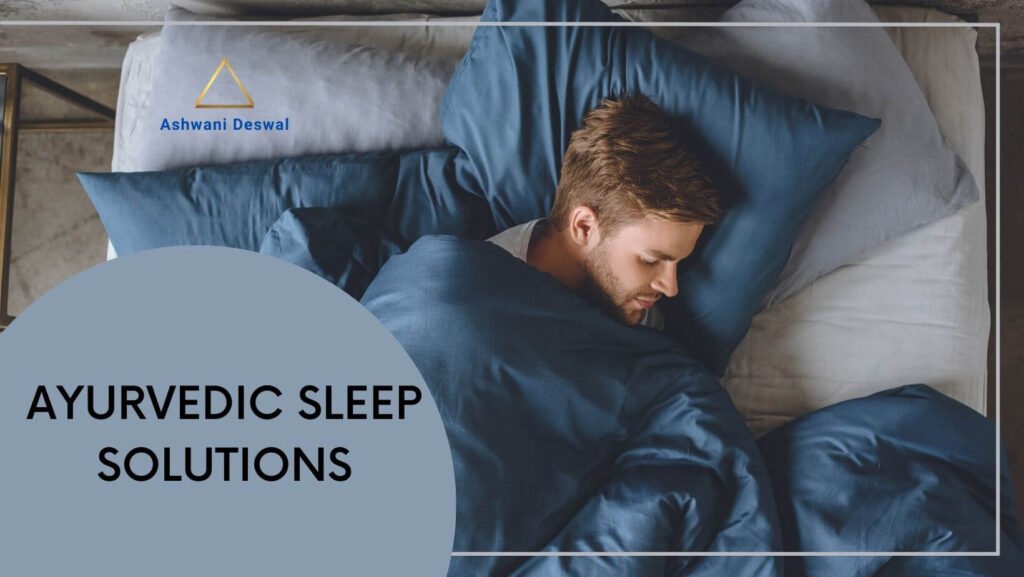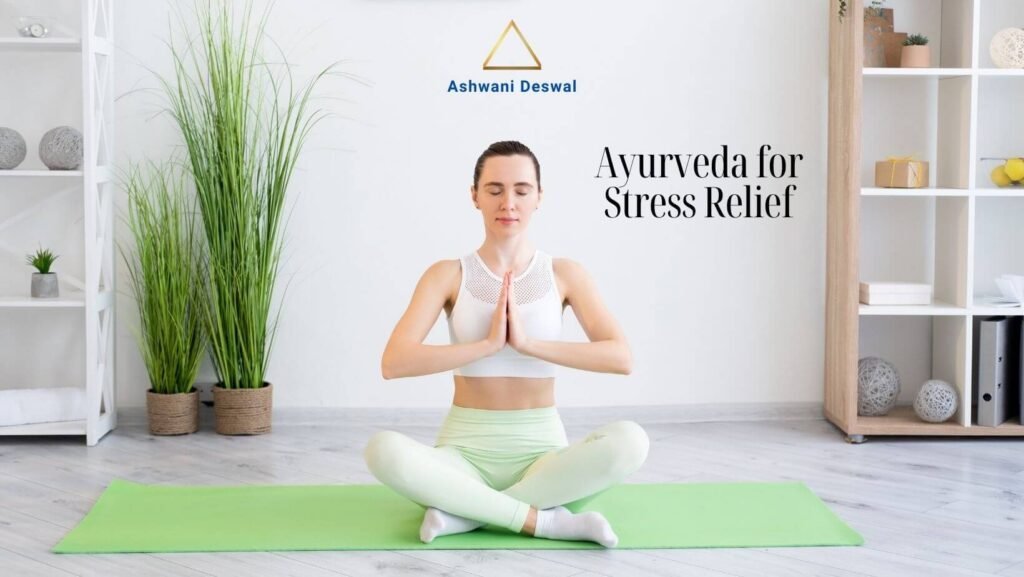Blog,Retreat Holistic Healing 101: Merge Mind, Body, and Spirit 24 March 2024 /MUKTYA Introduction In today’s fast-paced world, the concept of holistic healing has gained significant attention as people seek alternatives to traditional medical approaches. Holistic healing, also known as integrative or complementary medicine, takes into account the interconnectedness of mind, body, and spirit in promoting overall well-being. It views health as a dynamic balance of these elements, emphasizing the importance of treating the whole person rather than just the symptoms of a particular ailment. In this comprehensive guide to holistic healing, we’ll explore its principles, various modalities, personal testimonials, and practical tips for integrating holistic practices into daily life. Understanding Holistic Healing: At its core, holistic healing recognizes that the mind, body, and spirit are interconnected and influence each other’s well-being. Rather than focusing solely on physical symptoms, holistic healing takes a comprehensive approach to health, considering factors such as emotions, beliefs, lifestyle, and environment. It aims to address the underlying root causes of illness or imbalance, promoting self-healing and empowering individuals to take an active role in their health and wellness journey. By fostering harmony and balance in all aspects of life, holistic healing seeks to enhance overall quality of life and prevent disease. Exploring Holistic Modalities: Holistic healing encompasses a wide range of modalities and practices, each with its unique approach to promoting health and well-being. Here are some common holistic modalities: Acupuncture: Acupuncture is a key component of traditional Chinese medicine that involves inserting thin needles into specific points on the body to stimulate energy flow and promote healing. It is believed to restore balance to the body’s energy pathways, known as meridians, and has been used to treat various physical and emotional ailments, including pain, stress, and anxiety. Aromatherapy: Aromatherapy utilizes the therapeutic properties of essential oils extracted from plants to promote physical, emotional, and spiritual well-being. Essential oils can be inhaled, applied topically, or used in diffusers to evoke specific responses such as relaxation, stress relief, or mood enhancement. Energy Healing: Energy healing modalities such as Reiki, Qi Gong, and Healing Touch work with the body’s subtle energy systems to promote healing and balance. Practitioners use various techniques to channel or manipulate energy flow, helping to remove blockages and restore harmony to the body, mind, and spirit. Herbal Medicine:Herbal medicine utilizes the healing properties of plants and plant extracts to support health and wellness. Herbs can be taken internally as supplements or teas, or applied topically as ointments or poultices. Herbal medicine is often used to treat a wide range of ailments and promote overall vitality. Personal Stories of Transformation: Personal stories and testimonials provide powerful evidence of the effectiveness of holistic healing practices. Here are a few examples of individuals who have experienced transformation through holistic approaches: Jenna’s Journey to Emotional Healing: Jenna struggled with chronic anxiety and depression for years, relying on medication to manage her symptoms. However, after discovering the benefits of energy healing and mindfulness meditation, she experienced profound shifts in her mental and emotional well-being. Through regular Reiki sessions and meditation practices, Jenna learned to release pent-up emotions and cultivate inner peace and resilience. Michael’s Path to Pain Relief:Michael suffered from chronic back pain due to a previous injury, which greatly impacted his quality of life. Despite trying various conventional treatments, he found little relief until he discovered acupuncture. After a few sessions of acupuncture, Michael experienced significant reduction in pain and increased mobility, allowing him to resume his favorite activities and enjoy life to the fullest. Samantha’s Struggle with Digestive Issues: Samantha had struggled with digestive issues for years, experiencing discomfort and bloating after meals. Traditional medical approaches provided temporary relief but failed to address the root cause of her symptoms. Through herbal medicine and dietary changes recommended by a holistic nutritionist, Samantha experienced remarkable improvements in her digestion and overall health. Practical Tips for Integrating Holistic Healing: Incorporating holistic healing practices into daily life doesn’t have to be overwhelming. Here are some practical tips for getting started: Start Small: Begin by incorporating one or two holistic practices into your routine, such as meditation, aromatherapy, or herbal teas. Gradually experiment with different modalities to find what works best for you. Educate Yourself: Take the time to learn about different holistic modalities and their potential benefits. Attend workshops, read books, or explore reputable online resources to deepen your understanding. Seek Professional Guidance: Consider working with a holistic health practitioner or wellness coach who can provide personalized guidance and support. They can help you develop a holistic health plan tailored to your individual needs and goals. Create a Holistic Lifestyle: Embrace holistic principles in all areas of your life, including nutrition, exercise, sleep, and stress management. Focus on nurturing your body, mind, and spirit through healthy lifestyle choices and self-care practices. Conclusion Holistic healing offers a comprehensive approach to health and wellness, addressing the interconnectedness of mind, body, and spirit. By integrating various modalities and practices into daily life, individuals can experience profound improvements in their overall well-being. Whether through acupuncture, aromatherapy, energy healing, or herbal medicine, holistic healing provides a holistic framework for promoting health, vitality, and balance. By embracing holistic principles and incorporating them into daily life, individuals can embark on a transformative journey toward greater health, happiness, and fulfillment. Holistic healing offers a comprehensive approach to health and well-being, addressing the interconnectedness of mind, body, and spirit. By embracing holistic principles and incorporating various modalities into daily life, individuals can experience profound improvements in their overall well-being. Through personal stories, practical tips, and an understanding of holistic modalities, this guide provides a roadmap for those seeking to merge mind, body, and spirit on their journey toward optimal health and vitality. Share On: Facebook Twitter Linkedin Whatsapp Leave a Comment Cancel Reply Logged in as MUKTYA. Edit your profile. Log out? Required fields are marked * Message*








